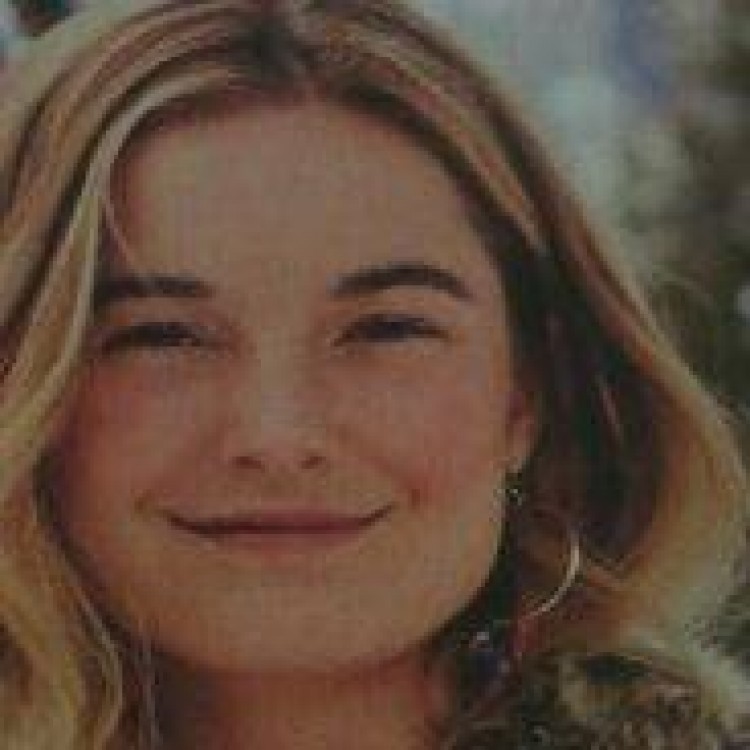Mary Cassatt was the one American artist to be acknowledged and accepted by the French Impressionists. Born to privilege in Pennsylvania in 1844, Mary was lucky to have the opportunity to live abroad. Her father was president of the Pennsylvania Railroad; he relocated his family and lived in Germany so Mary’s brother Alexander could study engineering. Later, they stayed in France. Mary was especially struck by Paris, and, although she was self-identified as an American, she really did most of her work in the French capital. Her family wasn’t supportive of her decision to be an artist. They tried to talk her out of studying at the Pennsylvania Academy of the Fine Arts; her father’s reaction to her stated desire to pursue a career as an artist was “I’d rather have you dead!” (Although Father Cassatt’s comment was extreme, it’s important to remember that women simply weren’t going off to foreign countries in 1865. Shero Mary did just that, helping knock down one more barrier for womankind.)
Cassatt was nothing if not persistent and managed to talk her difficult father into allowing her to study the Old Masters abroad. She made tracks for Spain, Italy, and then alighted in Paris for serious application of her training. by 1868, Mary had a painting accepted at the Paris Salon, to whom she submitted work until 1877 when Degas took a personal interest in her painting, asked her to join the Impressionist School, and encouraged the young woman to take up photography and Japanese print-making. Although Cassatt has her own distinctive style, she credits Degas as having been a wonderful encouragement, inspiration, and influence on her art. As a counterpoint and reality check, Degas’ remark upon seeing Cassatt’s work for the first time should be kept in mind: “I am not willing to admit that a woman can draw well.” As if being the only woman Impressionist and the only American Impressionist weren’t enough, Cassatt’s contribution to art herstory is even more sheroic in her choice of subject matter—young women and girls, mothers and their children. She approached her subjects with simplicity and directness, going about painting her models with no intent to glorify or sentimentalize. Unlike some of her fellow Impressionists, Mary drew her subjects prior to the application of pastels or oils. Her work has, to a certain degree, a great clarity because of this.
Mary Cassatt had a series of one-woman shows in Paris, establishing her reputation outside her immediate circle. She was also a discerning businesswoman, selling her own work and that of her artist friends and advancing the cause of art a great deal when she convinced museums such as the Met and the Mavermeyer to exhibit contemporary art. She also very successfully advocated to American tourists to collect the bold new art; she was quite right when she told the visiting buyers it would be immensely valuable soon enough. She persuaded her wealthy brother Alexander to purchase paintings by Renoir, Degas, Monet, Pissarro, and Manet, making him the first real collector of this important school of art.
Eventually her reputation as an important artist crossed the Atlantic. In 1891, she accepted a commission from the Chicago World’s Fair to paint a mural on “modern women.” in 1904, she was given France’s highest distinction when she was made Chevalier of the French Legion of Honor in 1904. As time went on, Mary had to take care of her sick sister and mother, cutting severely into her time to paint, and, by 1913, she was so blinded by cataracts that she couldn’t paint any longer.
Although some historians speculate that the relationship between Cassatt and Degas might have gone beyond platonic, Mary lived a very discreet public life, dedicated to her art, her family, and her independence. Toward the end of her life, she enjoyed hosting young would-be artists from America at her chateau with whom she passionately discussed art. She lived in France until her death in 1926, having accomplished more than she (or her doubting Thomas father) ever envisioned.
“Now I could work with absolute independence without considering the opinion of a jury. I had already recognized who were my true masters. I admired Manet, Courbet, and Degas. I took leave of conventional art. I began to live.”
— Mary Cassatt
This excerpt is from The Book of Awesome Women by Becca Anderson, which is available now through Amazon and Mango Media.
Original post here!


